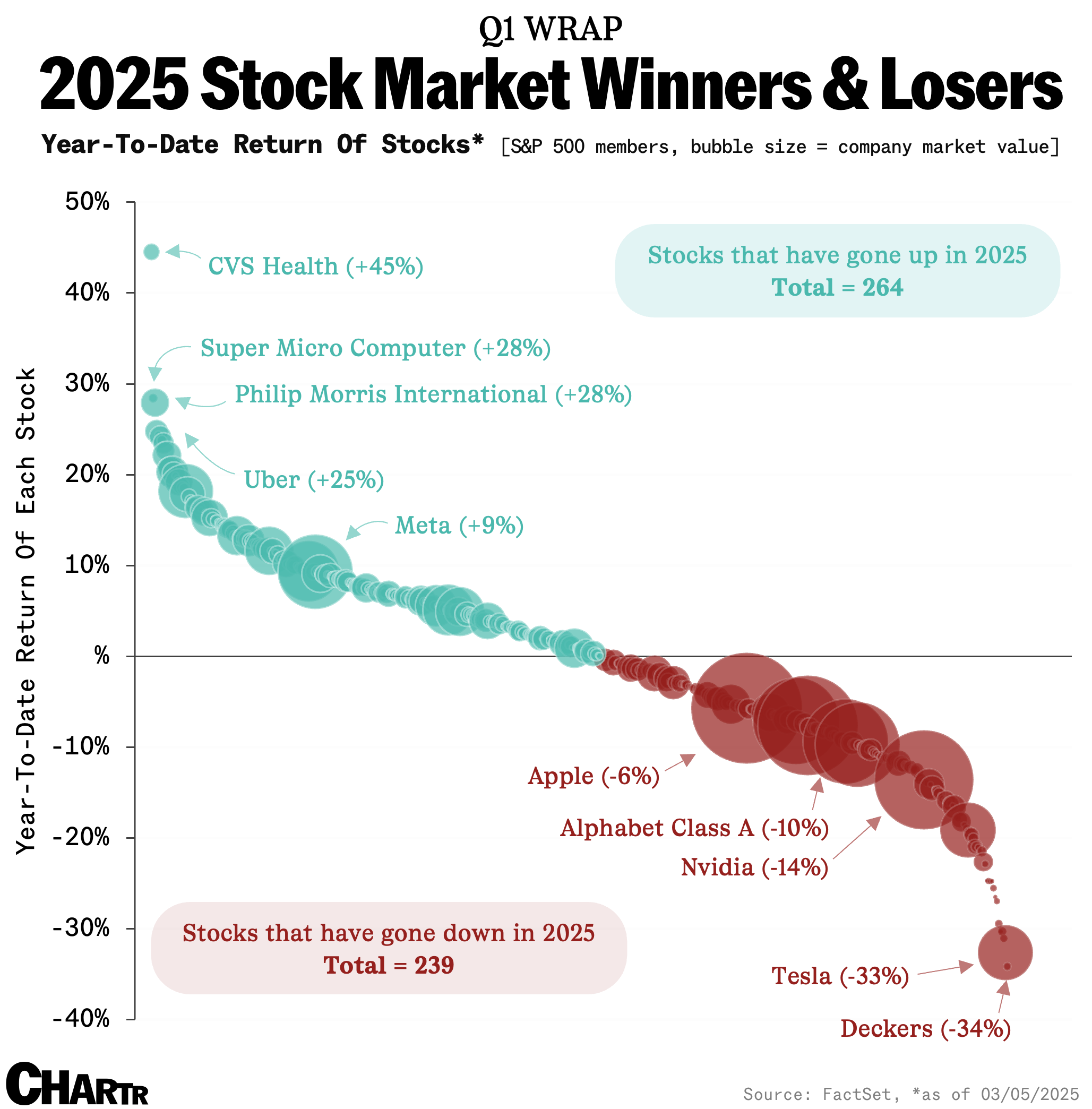S&P 500 Earnings Growth Nears 10% Amid AI-Driven Optimism and Anticipated Fed Rate Cuts

New York, NY – The U.S. stock market is experiencing a period of robust performance, with the S&P 500 reporting a blended earnings growth rate of 9.2% for the third quarter of 2025, defying concerns about high valuations and potential Federal Reserve rate cuts. This optimism is largely fueled by strong corporate earnings, particularly within the technology sector, and significant investments in artificial intelligence, according to recent market analyses. The sentiment suggests a potentially strong market run towards the end of the year, despite existing macroeconomic uncertainties.Market commentator "amit" highlighted several dynamics contributing to this bullish outlook in a recent social media post, stating, "we are about to cut rates into a market that's at all time highs AND is putting up double-digit earnings growth?" This perspective underscores a surprising resilience in the face of conventional economic indicators. Analysts project full-year S&P 500 earnings growth to reach 11.0% in 2025 and 13.9% in 2026, indicating sustained corporate health.The Federal Reserve has already initiated rate cuts, with a 0.25% reduction in September 2025, bringing the federal funds rate to a target range of 4.00%-4.25%. Further cuts are anticipated later in the year, driven by a softening labor market and moderating inflation. This easing monetary policy, combined with significant capital expenditure in AI, is seen as a powerful tailwind for corporate profitability.Artificial intelligence continues to be a primary catalyst for market growth, with "AI stocks" now accounting for approximately 44% of the S&P 500's market capitalization. Major cloud companies are collectively expected to spend around $400 billion on AI infrastructure this year, reflecting a massive investment cycle. While some investors express concern about the sustainability of AI valuations, many remain optimistic about the technology's long-term impact on productivity and earnings.Geopolitical developments also play a role in the market's current trajectory. Recent reports indicate a potential easing of China-U.S. tensions, with President Trump scheduled to meet with China's President Xi, which could positively influence market sentiment. Additionally, the possibility of a Russia-Ukraine ceasefire is cited as a potential global tailwind, reducing broader geopolitical risks.Despite these positive indicators, concerns remain, particularly regarding the labor market and the uncertain returns on massive AI investments. However, the prevailing view among many market participants is that strong earnings, driven by technological advancements and accommodative monetary policy, will continue to support a robust market performance.